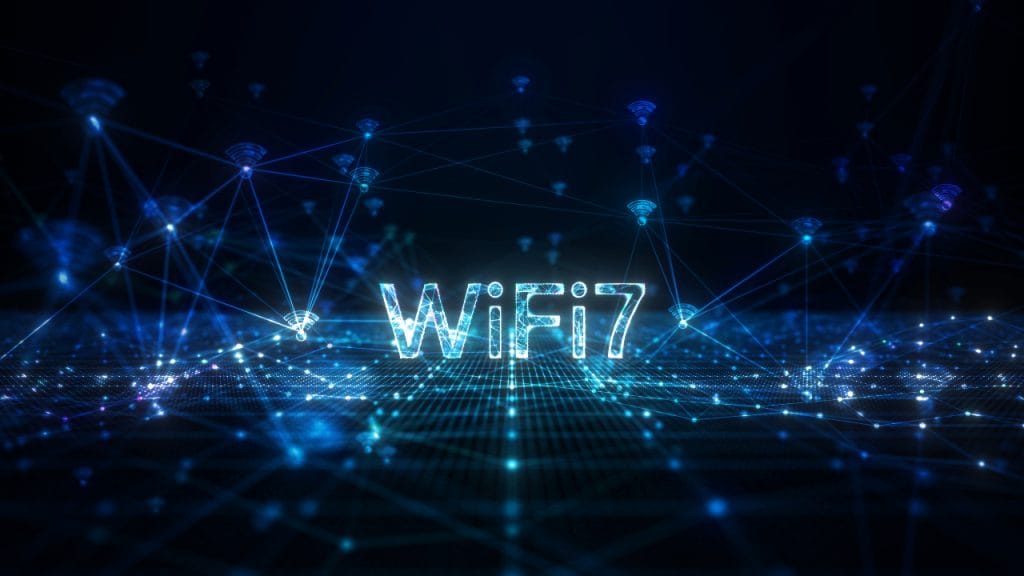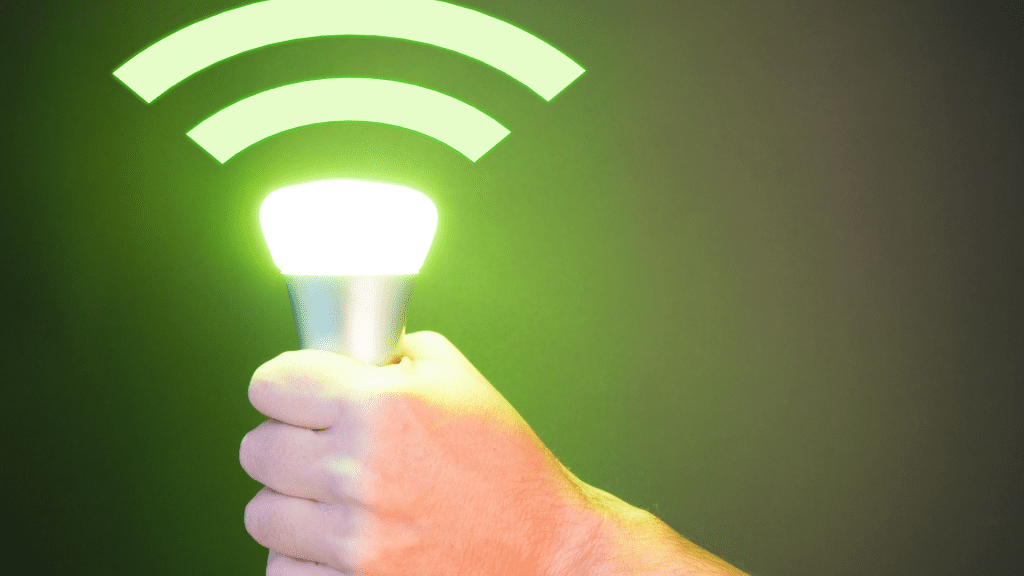The next decade will see a revolution in broadband technology, with new technologies on the horizon that promise to deliver faster speeds, lower latency, and more reliable connections. In this blog post, we will look at some of the most exciting new broadband technologies on the horizon and discuss what they could mean for the future of the Internet.
Broadband internet has become an essential part of our lives, enabling us to work, learn, and entertain ourselves from anywhere in the world. But as our reliance on broadband grows, so does the need for faster and more reliable connections.
In this blog post, we will take a look at some of the most exciting new broadband technologies on the horizon and discuss what they could mean for the future of the Internet.
5G
5G is the fifth generation of cellular network technology, and it is already starting to roll out in many countries around the world. 5G promises to deliver significantly faster speeds and lower latency than previous generations of cellular networks.
In theory, 5G can deliver up to 10 gigabits per second (Gbps), much faster than the fastest broadband connections available today. 5G also has the potential to reduce latency to just a few milliseconds.
This means that 5G could enable a wide range of new applications, such as real-time augmented reality and virtual reality, self-driving cars, and remote surgery.

6G
6G is the next generation of cellular network technology, and it is still in its early stages of development. However, researchers are already working on 6G technologies that could deliver speeds of up to 1 terabit per second (Tbps).
6G is also expected to have even lower latency than 5G, making it ideal for real-time holographic communication and haptic feedback applications.
Fibre Optic
Fibre optic networks are already the fastest type of broadband connection available but are also the most expensive to deploy. However, the cost of fibre optic networks is falling, and they are becoming more and more widely available.
Fibre optic networks can deliver speeds of up to 100 Gbps, and they have the potential to deliver even faster speeds in the future. This makes fibre optic networks ideal for bandwidth-hungry applications such as streaming high-definition video and gaming.
Satellite Internet
Satellite internet is a good option for people living in rural areas or with limited access to other types of broadband. However, satellite internet has traditionally been slow and unreliable.
However, a new generation of satellite internet providers is using low-Earth orbit (LEO) satellites to deliver faster and more reliable connections. LEO satellites are closer to the Earth than traditional geostationary satellites, which reduces latency and improves performance.

Wi-Fi 7
Wi-Fi 7 is the next generation of Wi-Fi technology and is expected to be released in 2023. Wi-Fi 7 promises to deliver significantly faster speeds and lower latency than previous generations of Wi-Fi.
In theory, Wi-Fi 7 can deliver speeds of up to 40 Gbps, which is much faster than the fastest Wi-Fi connections available today. Wi-Fi 7 also has the potential to reduce latency to just a few milliseconds.
This means that Wi-Fi 7 could enable a wide range of new applications, such as high-definition streaming on multiple devices and real-time gaming.
Li-Fi
Li-Fi is a new type of wireless communication technology that uses light to transmit data. Li-Fi is much faster than traditional Wi-Fi, and it has the potential to deliver speeds of up to 100 Gbps.
Li-Fi is still in its early stages of development, but it has the potential to revolutionize how we connect to the internet. For example, Li-Fi could be used to create high-speed wireless networks in hospitals, schools, and offices.
VLC
Visible light communication (VLC) is another new type of wireless communication technology that uses light to transmit data. VLC is similar to Li-Fi, but it uses visible light instead of infrared light.
VLC has the potential to deliver speeds of up to 1 Gbps, and it could be used to create high-speed wireless networks in a variety of environments, such as homes, offices, and retail stores.

The next decade is set to see a revolution in broadband technology, with new technologies on the horizon that promise to deliver faster speeds, lower latency, and more reliable connections.
5G, 6G, fibre optic, satellite internet, Wi-Fi 7, Li-Fi, and VLC are just a few of the new broadband technologies currently being developed or deployed. These technologies can potentially revolutionise how we use the internet, enabling new applications such as real-time augmented reality and virtual reality, self-driving cars, remote surgery, and holographic communication.
While it is still too early to say exactly how these new technologies will be used, it is clear that the future of broadband is very bright. With faster speeds, lower latency, and more reliable connections, broadband will become even more essential to our lives in the years to come.



Comments are closed